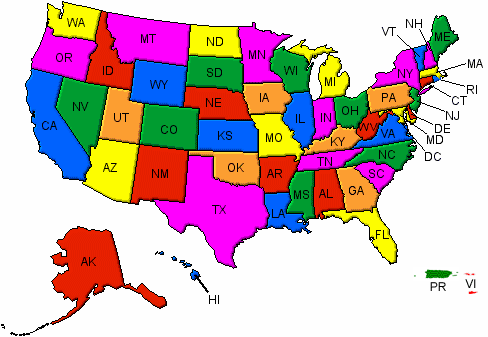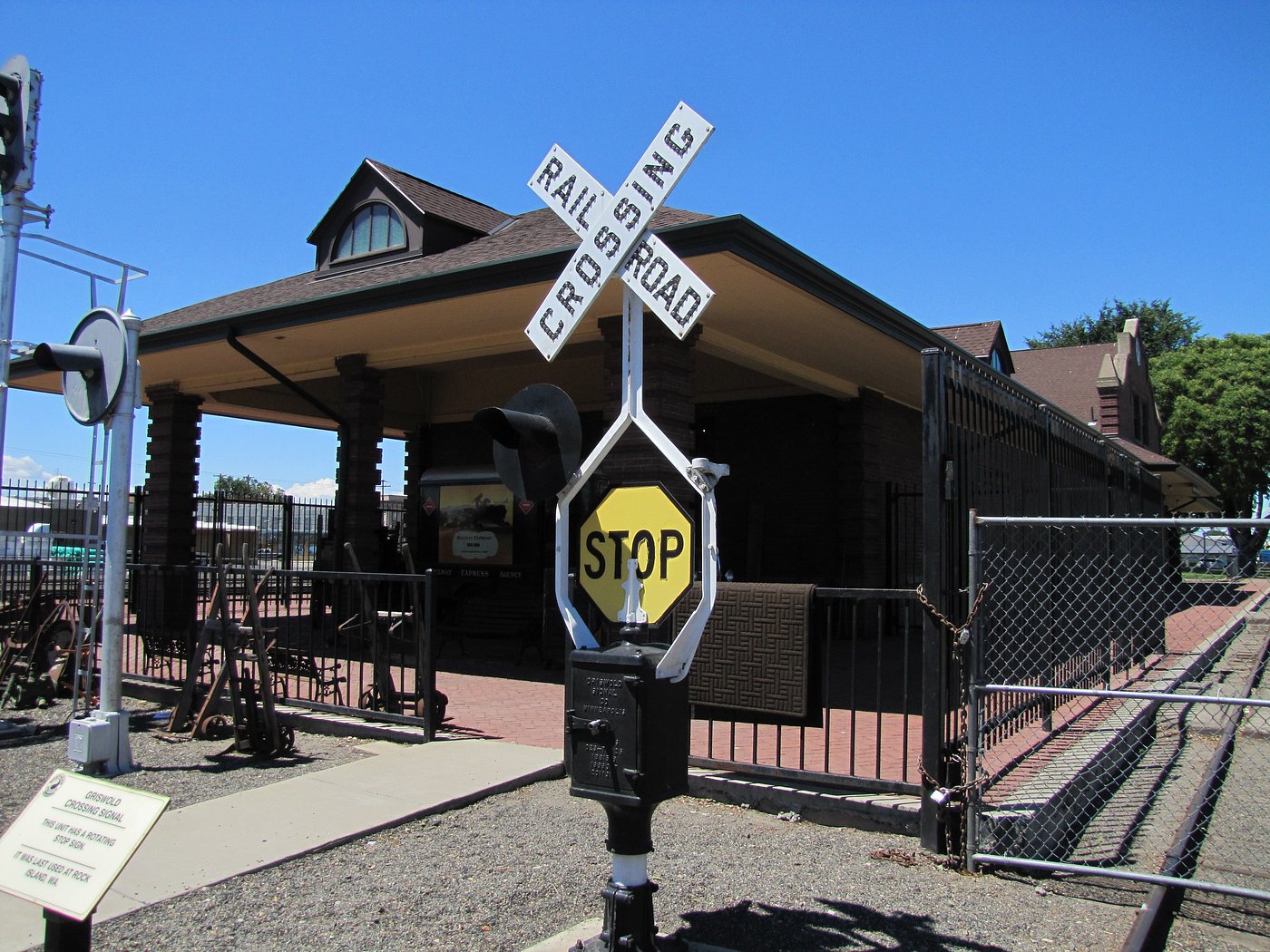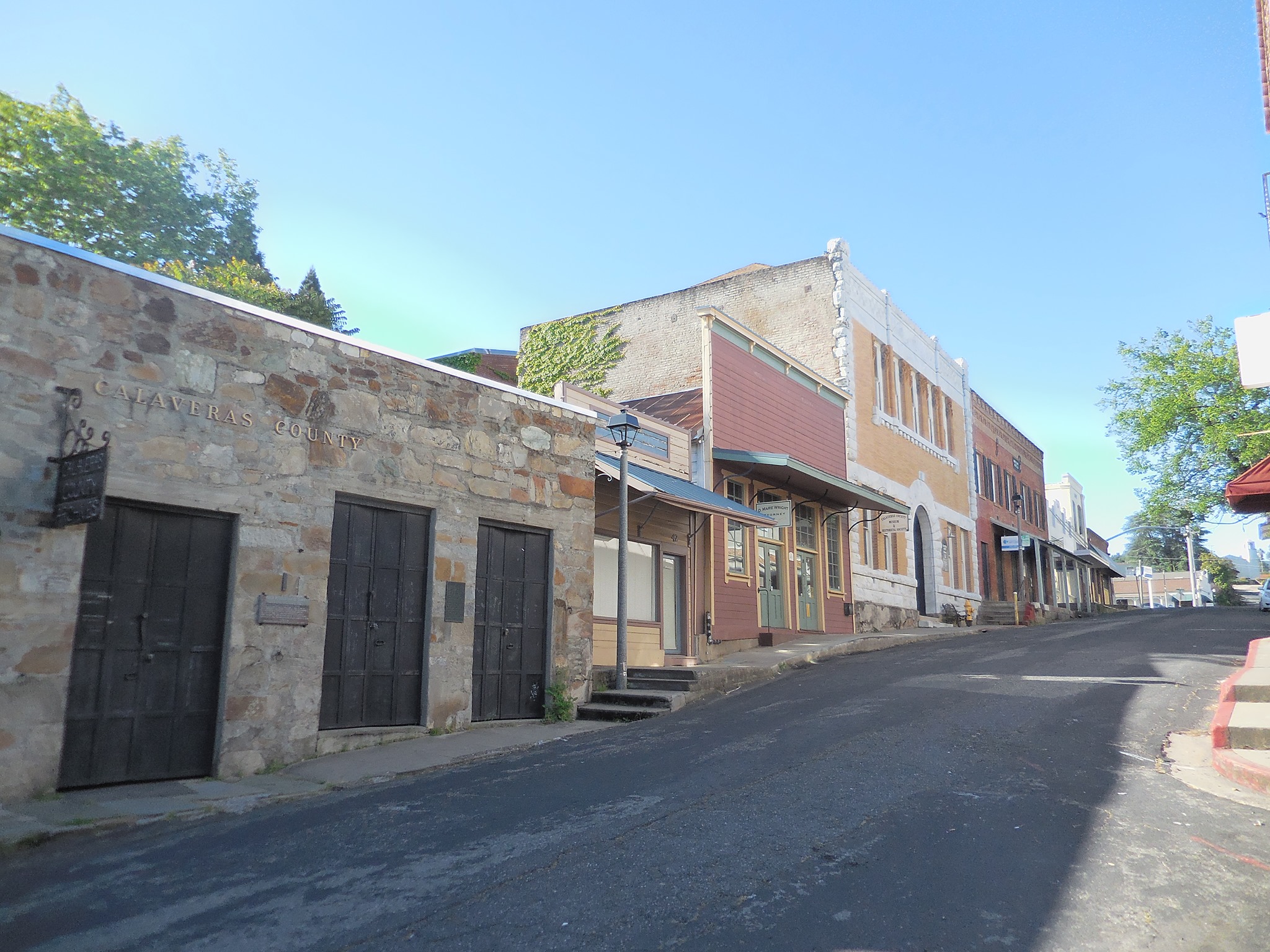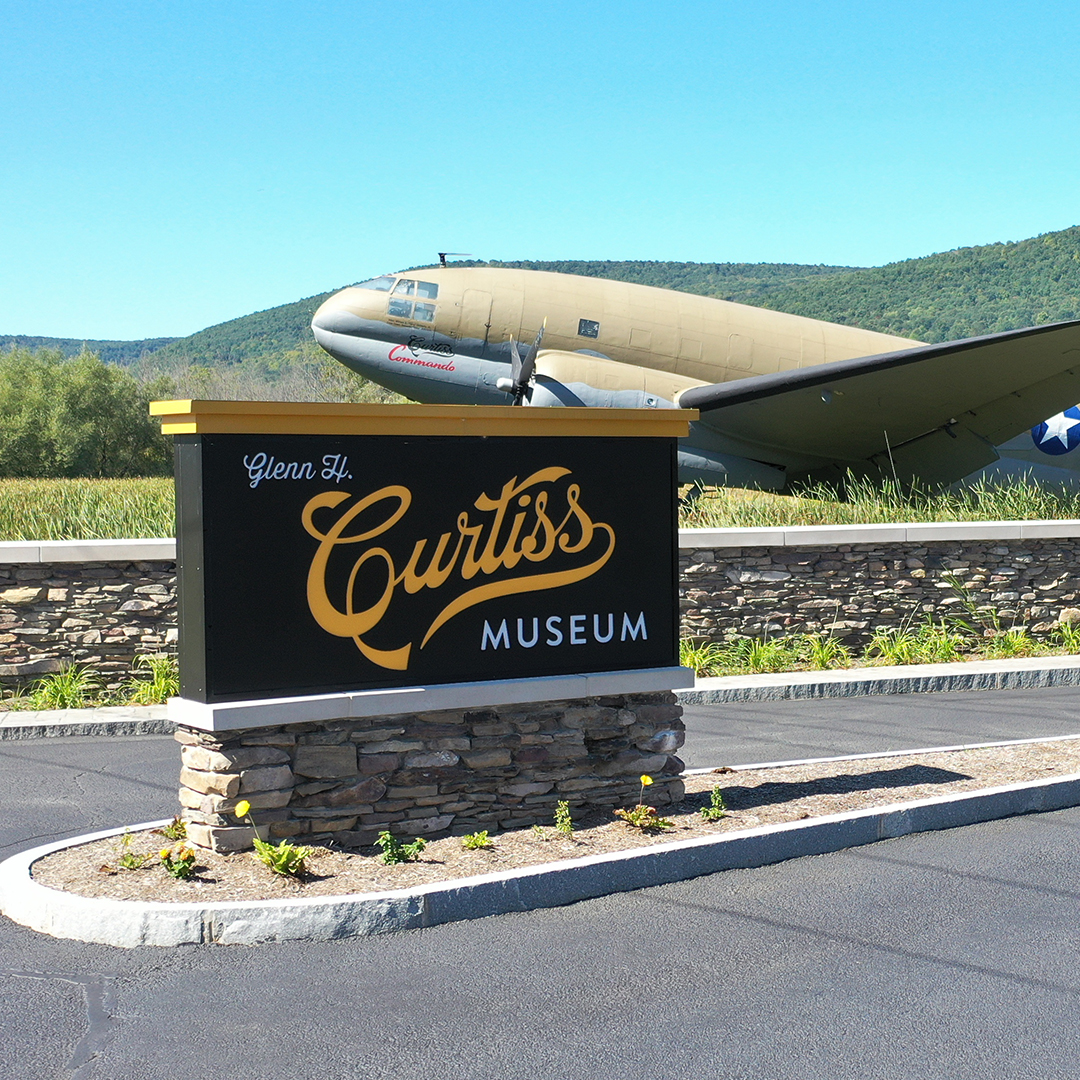Museum Guide


Select from Pulldown
Museum Guide News
The Northern Pacific Railway Museum in Washington State was a 1911 train depot that was completley restored and refurbished after it was taken over in 1989!
On July 4th, 1993, the museum had it’s grand opening and in 2000 the museum was officially renamed the Northern Pacific Railway Museum. From freight and telegraph rooms, to the waiting room to the bathrooms, the depot holds history dating back to 1911. Freight trains back then would deliver anyting from newspapers to the very first automobles! The museum consist different types of those cars! The museums also contains the many other types of commodities transported through the depot through the years!
Many of our artifacts come from our hard working volunteers. We also, have many trains cars from the past. This includes dining cars that are set just as they were in the early 1900’s. You can view the train car kitchens as well!
Also, this holiday come see our “Toy Train Christmas All Aboard” Toy Train Christmas is here. Join us for train rides to Santa, cocoa, cookies and a depot full of toy trains. 10 Asotin Avenue, in Toppenish 10am to 4pm Saturdays and Sundays November 29 through December 21. Here's how to find us: https://nprymuseum.org/find-us-2/
We look forward to welcoming you soon, so you can expeerience a bit of railway and train history from the past! https://nprymuseum.org/
The Calaveras County Historical Society in San Andreas, CA was formed in 1952!
The historical society is a record of past events. Many counties in the State of California have their past events preserved in a written history of the county. This is not true of the county of Calaveras as its history has never been written.
Located in the center of the gold mining district of California, Calaveras is rich in history, tradition, romance, and lore. The early growth and development of the State of California mostly took place in the gold mining districts and Calaveras County contributed its full share. Many persons who later became leaders in the state at one time became gold miners in Calaveras County.
Many descendants of the early residents of Calaveras County are still living, and it is possible to collect from them a vast fund of early history of the county. Many of the issues of early newspapers are no longer in existence, but some of these early newspapers are available in museums and public libraries.
While visiting come see the Calaveras County Museum Complex, which is made up of three historic buildings: The Old Courthouse and Jail - 1867, The Hall of Records - 1893, and The Odd Fellows Hall - 1856. Within these interconnected buildings, the history of Calaveras County is told through objects, portraits, and photographs. Here you will find educational displays that tell the County's pre-history and Tribal culture, the stories of the early-pioneers, and the history of the Gold Rush encompassing the influence of European, Chinese, Mexican and many other cultures and their stories and objects related to mining and other industries in the County. https://www.historicalcalaveras.com/downtown-museum
The prime purpose of the Calaveras County Historical Society is to collect and preserve for posterity the early history of Calaveras County. We invite you to come and visit us anytime where you will see history preserved form years past! Check us out online: https://www.historicalcalaveras.com/
The Glenn H. Curtiss Museum, in Hammondsport, NY bears the name of a pioneer aviator and Hammondsport’s favorite son!
The museum is located on State Route 54, one half mile south of the village of Hammondsport, New York. Dedicated to the memory of Glenn Hammond Curtiss, the museum contains a priceless collection relating to early aviation and regional history. The museum also features a 75-seat theater, large open area for special events and a museum store. In addition to seeing the museum displays and exhibits, visitors are welcome to visit the Restoration Shop, talk with volunteer craftsman and watch them work on historic aircraft.
The Glenn H. Curtiss Museum is an educational and cultural institution that collects, preserves, and interprets transportation modes and regional history, and celebrates the innovations and accomplishments of Glenn Hammond Curtiss.
In the beginning for Glenn H. Curtiss, building and selling airplanes was not enough. He wanted people to understand the idea and beauty of flying his aircraft. Starting with the first sale of an airplane to the Aeronautical Society of New York in 1909, he agreed to teach two of its members, Charles Willard and Alexander Williams, how to fly.
By 1916, people from all walks of life were attending the Curtis School in one of ten locations across the country! He first trained U.S. Navy pilots, helping to create a strong Air Wing of the military. With the outbreak of World War I in 1914, many of the schools and instructors would become extensions of the military. These flying schools trained some of the finest aviators the world had ever seen. Afterwards, the Curtiss Flying Schools merged into the Curtiss Flying Service, continuing well up to the beginning of World War II.
Today, the Museum is dedicated to preserving and displaying planes, automobiles and bicycles either originals, restores or reproductions from the late 1800’s to the 1940’s. https://glennhcurtissmuseum.org/exhibits-on-display/ The Glenn H. Curtiss Museum is the perfect place to experience early history of all of this and more, covering WWI & WWII! Check out more information online - https://glennhcurtissmuseum.org/
Museum Opening Hours: May 1 – October 31st, 9am to 5pm daily. November 1 –April 30, 10am to 4pm daily **We are closed Easter, Thanksgiving, Christmas Eve, Christmas Day, New Year’s Day.



